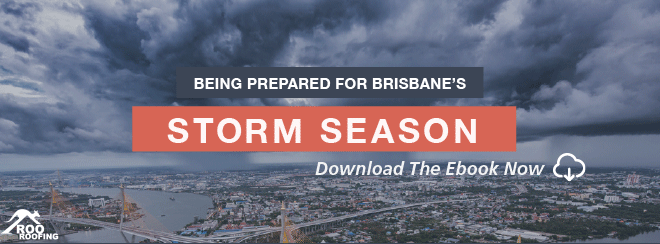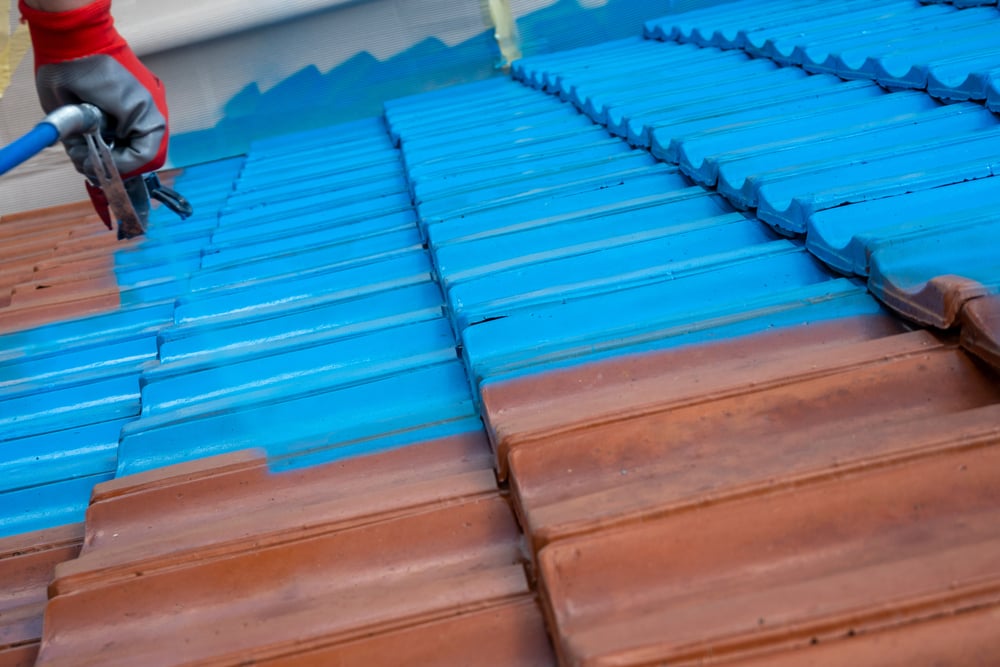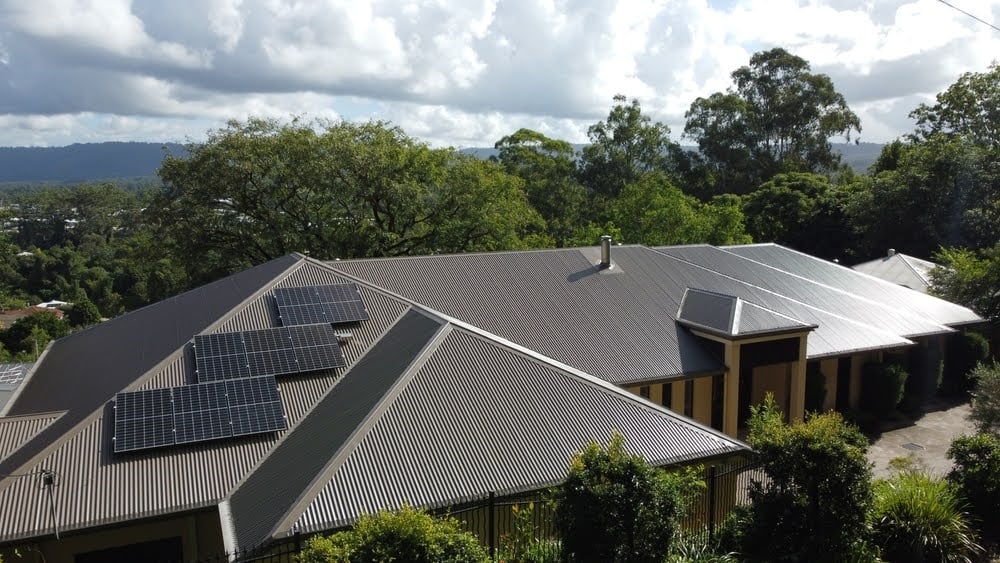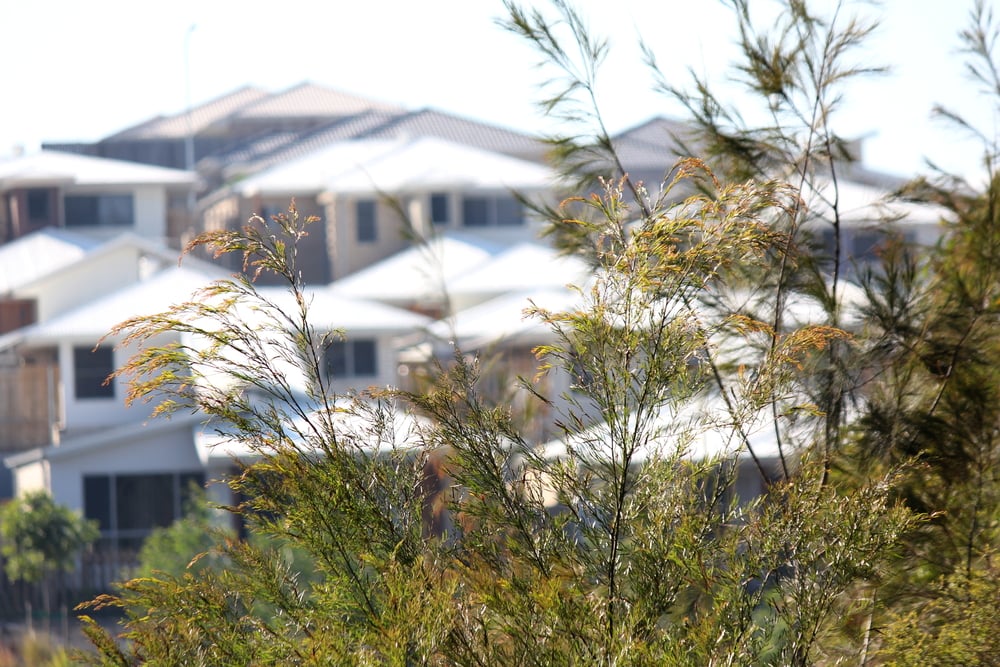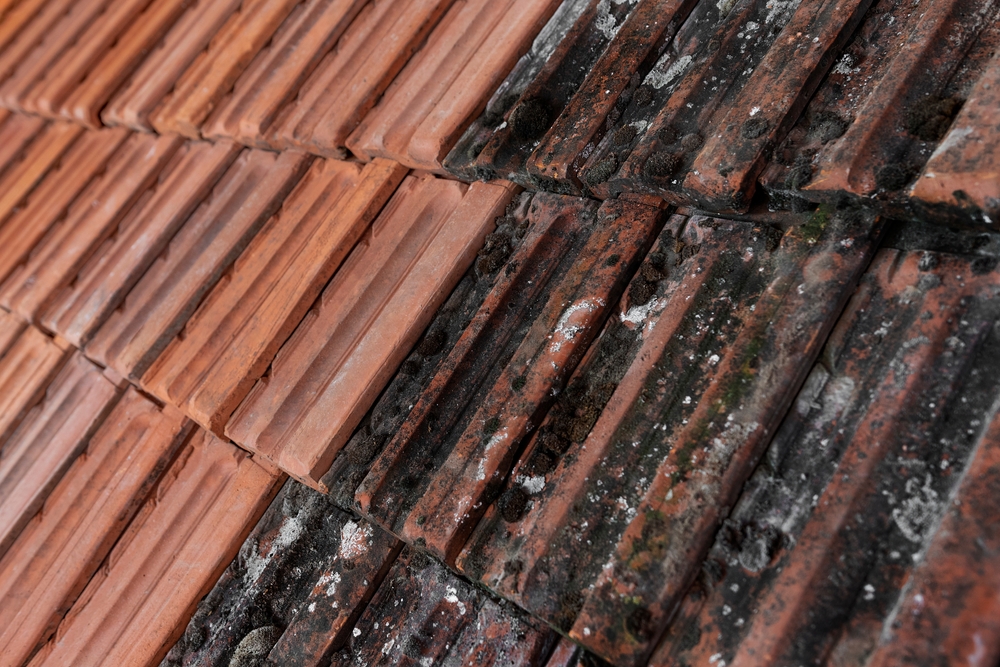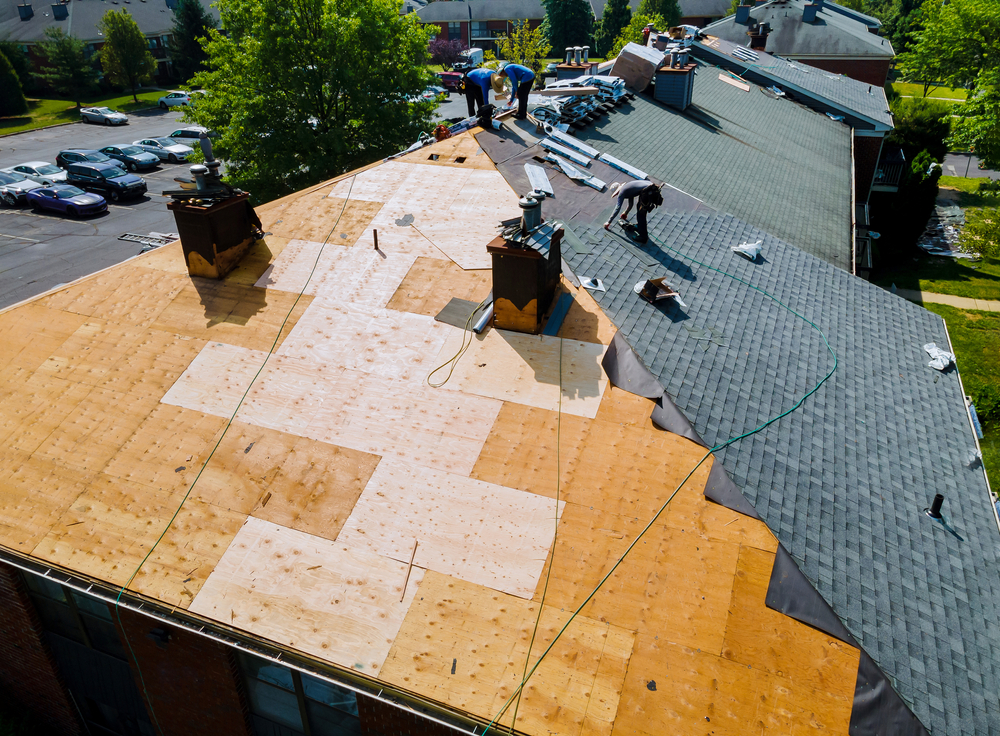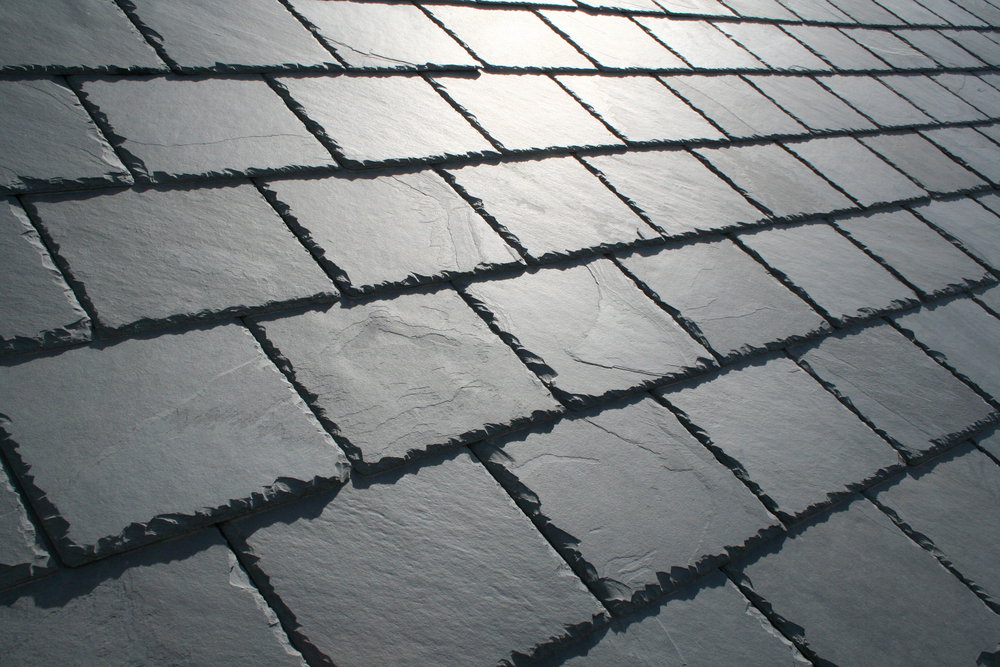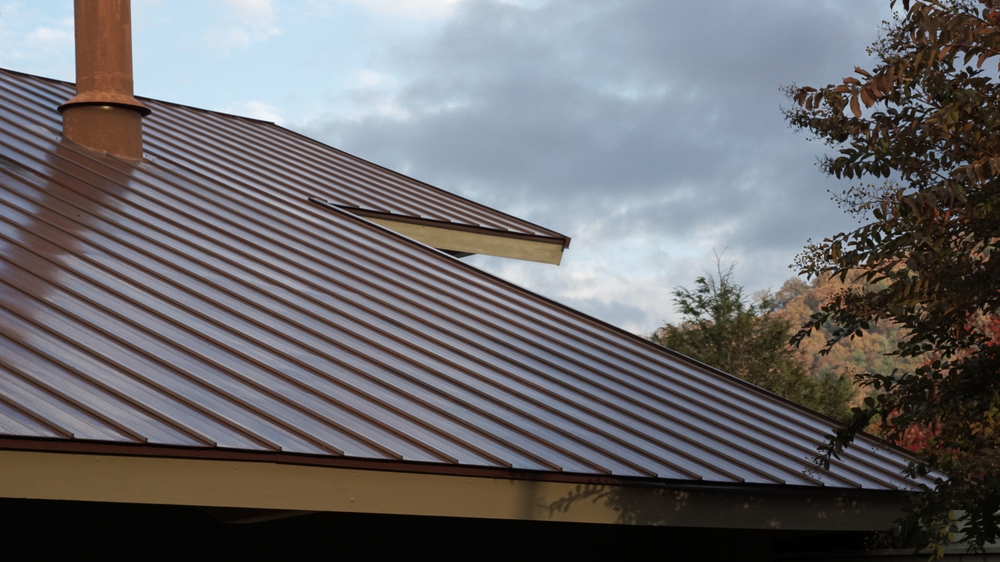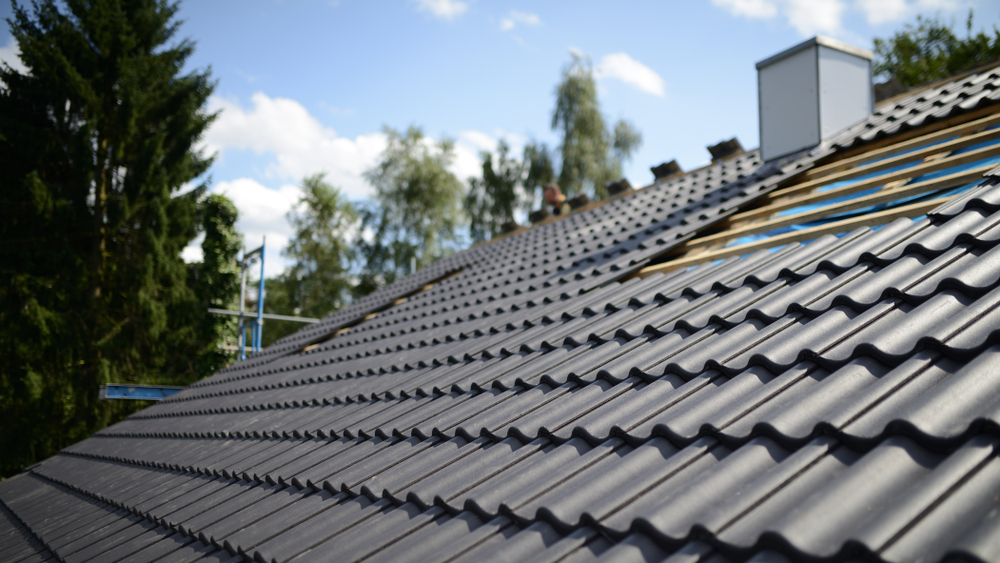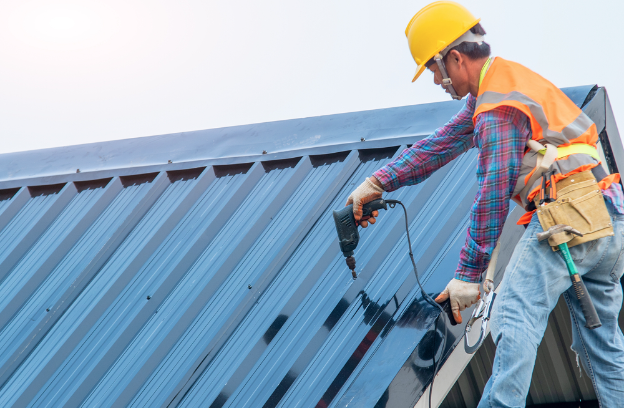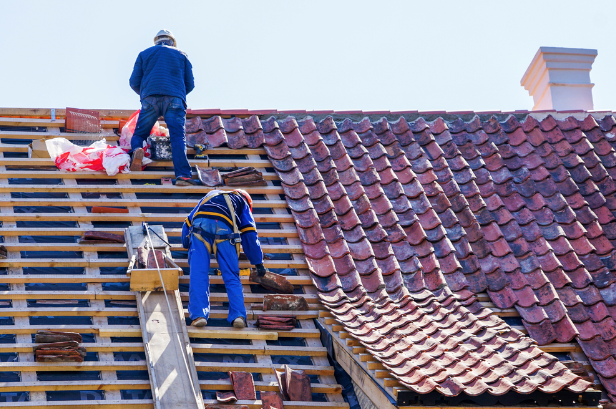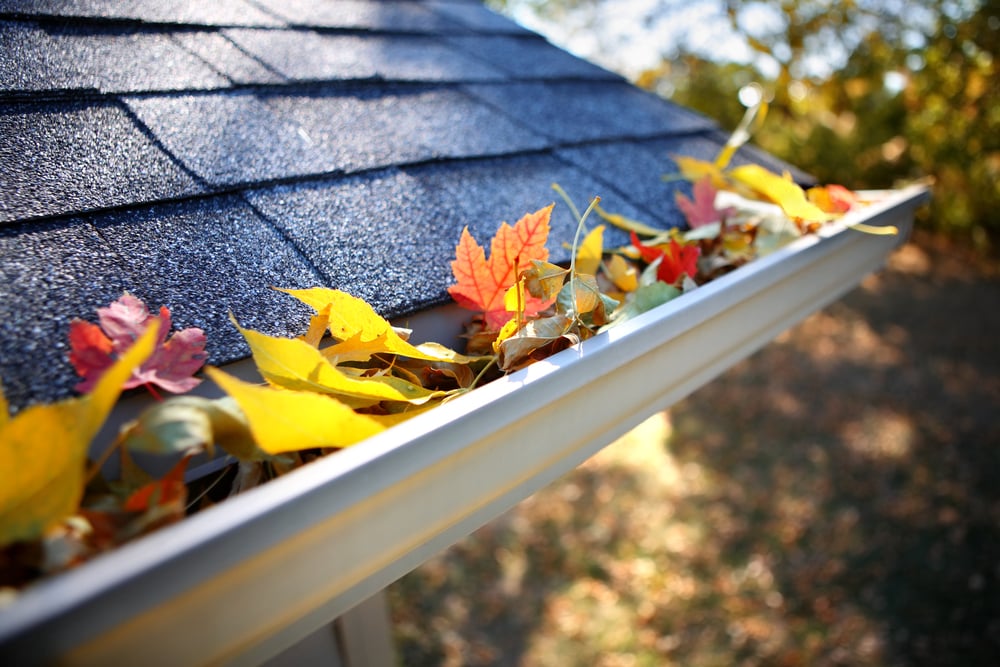
Jul
How to prepare your home for storm season
Summer is here and you know what that means? Yep, you guessed it, storm season is also back, are you ready? In this post, we talk about the different types of storms and share how you can prepare them.
Step one: Identify the storm
Not all storms are created equally but all storms should be treated seriously.
Thunderstorms
What are they? These are small scale systems in areas only a few kilometres across and have short life spans ranging from tens of minutes up to several hours, however they can cause a lot of damage.
The next level: One class of thunderstorms, known as “supercell” is more severe to the extent when the life spans up to six hours or so. One such “supercell” thunderstorm for example, had a hail and damage path around 10km wide and over 40km long.
When do they occur? Although severe thunderstorms can occur at any time, they are most often in the months from October through to March. The increase in storm frequency is primarily due to the increase in energy provided by the sun during the winter spring and summer months, coupled with the spring and summer weather patterns that are favourable by storm growth.
What can happen? The products of severe thunderstorms can be anything from:
- strong winds (at least 90km/h and sometime greater than 200km/h)
- large hail (at least 2cm in diameter and sometimes exceeding the size of cricket balls)
- Heavy lightning and thunder (Many lightning strikes are harmless and have very little effect on people and the environment. However, people should keep in mind that it only takes one to endanger lives and cause damage to property).
- very heavy rain (leading to flash flooding, urban areas are especially susceptible as their artificial drainage systems surcharge)
What’s the damage look like? Hail has been most damaging to property whilst strong winds, flash flooding and tornadoes pose the greatest threat to life. Severe thunderstorms can cause severe damage to buildings, especially to roofs and windows, and may destroy whole buildings as a result of trees being blown over or having their trunks snapped. Damage also is caused to cars parked on streets and in commercial car yards, especially as a result of hail, and downed power and telephone lines are common. In some cases, people have been without electricity and telephone services for several days.
Tropical Cyclones
What are they? Tropical Cyclones develop over very warm tropical waters from pre-existing tropical weather disturbances. They have relatively long life cycles, of the order of up to about
two weeks.
What can happen? The main effects include heavy rains, strong wind, large storm surges at landfall and sometimes, tornadoes.
Mid-latitude Low-Pressure Systems
What are they? As a rule, these storms generally have much shorter lifetimes than Tropical Cyclones, usually of the order of only a day or two. They have a compact size and deep low-pressure centre, and like Tropical Cyclones can produce gale to storm-force winds, heavy rainfall and in some cases very high seas and storm surges.
The next level: More distant low pressure systems can create hazardous conditions along foreshores as large swells can extend many thousands of kilometres from their generation zone.
What can happen? Other than the usual rains and wind, erosion of sand dunes and the inundation of land by sea water may occur. Due to their relative fast development and short life cycle, typically, a land gale warning will provide 6-24 hours lead time of winds expected to average at least 65 km/h over land or gust over 90km/h.
Low Pressure Troughs
What are they? Regions of low pressure that do not possess a closed circulation are known as low pressure troughs. Although they lack the strong winds typical of cyclones and east coast
lows, these systems are often the focus for thunderstorms and rain.
Cold Fronts and Southerly Busters
What are they? Frontal activity can produce strong winds that generally shift from the west or northwest around to the southwest as they pass a location. They are often the focus of
thunderstorms.
What can happen? On hot, dry and windy days, fronts can pose serious problems in the
control of bush fires as they sweep narrow fire flanks into raging fire fronts.
Step two: Prepare your home
So you’re pretty sure a storm is coming, whether it be a thunderstorm or fully-fledged cyclone, there are a few things you can do:
- Secure loose items around your property
Strong winds can pick up even large items such as outdoor furniture, trampolines and roofing iron causing damage to windows, roofs and cars. Identify things which you may need to secure or put away if strong wind or a severe storm is forecast. Going on holiday? Make sure to secure items around your home before you leave for added peace of mind.
- Keep your gutters, downpipes and drains clear
Keep these clear, as blockages can cause the water to overflow under the eaves into the roof cavity. Clear leaves from the valleys of your roof as these will make their way into the gutters in heavy rain. Keep the drains around your property clear to help surface water move away and prevent water from pooling and entering your property. Pot plants in courtyards and around houses are often used to hide drainage grates, so make sure to move these if heavy rain is likely.
- Trim or remove any tree branches that are close to your home
Winds in severe thunderstorms can easily break branches off trees or knock entire trees over. If these trees are too close or overhanging your home they could cause damage as they fall. Take preventative action. Check with your local council regarding guidelines or required consent before removing trees. Remember if strong winds are predicted – park your car away from trees where possible.
- Check your roof regularly to make sure it’s in good condition
Your roof should be checked every year (or after major events such as hail storms) for signs of damage. It is important that your roof is clear of dirt and leaves to ensure surface water from a storm is able to drain. Consider roof restoration to fix any cracked, broken or displaced tiles. Buildup of dirt should be removed as it can block the drainage channels on the underside of tiles. If your roof really needs an overhaul, then roof replacement might be what your home needs. This way you can ensure that leaks don’t happen and your home is well protected from the elements.
- Ensure your home, contents and car insurance is adequate and current
Consider things like the type of cover (building insurance for home owners and mortgagees, contents insurance however is applicable for everyone). Consider also what level of cover you are insured for. Make sure that your insurance policy provides cover for the types of events specific to your location, these may include: flash flood, storm water runoff, associated landslide and damage to properties by trees.
- Make a Home Emergency Plan
This plan should outline where you’ll go and how you’ll get in contact with each other (also who you’ll contact) along with any special considerations for your household. Identify the safest room in which to shelter during a storm. Before the plan, make sure you and members in your family know how to safely turn off your power, water, and gas, if applicable. Make sure that everyone knows what the plan is. Download our StormKit Checklist here.
- Prepare an emergency kit with essential items in case you lose power or need to leave home in an emergency
Think about the sorts of things you’d need in an emergency. It can be difficult to find these items in a power out or if you need to leave home in a hurry. Remember to keep it in an easy to access location. Suggested items to include in your kit: emergency contact numbers, a battery operated radio, fresh batteries, first aid kit, essential medications, bottled water and any important documentation. For more ideas, take a read of our StormKit Checklist.
- Listen to your local radio station and other media for weather warnings
Keep up to date with the current storms warnings. Ensure you have a battery powered radio so you can hear emergency broadcasts specific to your area, even if there is a power outage. Flash flooding, road closures, evacuation and recovery centres may be critical information delivered via local radio during a severe weather event.
- If you live in a flood-prone area
Make sure to store poisons and garden chemicals well above ground level and identify indoor items you’ll need to raise or empty if flood threatens. You may want to consider relocating power points well above previous flood levels.
For further reading, make sure to check out SES (Storm Ready), Brisbane City Council (Storm Safety) and RACQ (Get Ready).








